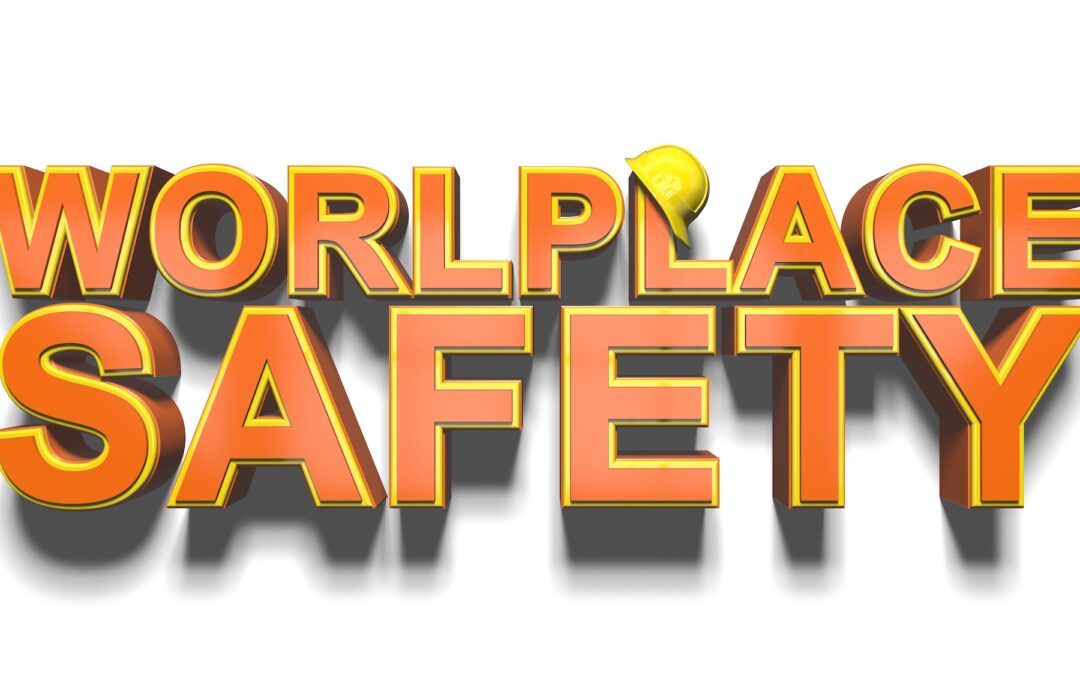According to the National Safety Council, nearly 13,000 workers in the United States are injured daily, and many injuries are preventable. Potential hazards in the workplace can have detrimental effects on employees. Workplace monitoring and assessments can help identify safety hazards contributing to work-related injuries. Inspections ensure compliance with OSHA regulations; corrective action plans for observed deficiencies, incident investigations, and the development of environmental, health, and safety plans, policies, and procedures may reduce the risk of injury by identifying potential hazards.
Discussion Points:
• Why do we monitor?
• How do you monitor workplace safety?
• How do you ensure a safe work area?
• Types of monitoring?
• What is the main purpose of safety monitoring?
Discussion:
Monitor and measure hazards, risks, and controls to comply with OSHA’s regulatory requirements. This may include assessments, inspections, testing, audits, surveys, and tracking of injuries and illnesses. In many cases, workplace assessments are required by law, including reviews of equipment and machinery, air quality, noise, vibration levels, radiation exposure, hazardous chemicals, water quality, and ergonomic risk exposure. The purpose of monitoring is to ensure legal and best practice safety, health, and environmental requirements for a workplace. Routine inspections enable employers to monitor activities and develop strategies to remedy problems. There is no single technique for risk assessment or hazard analysis. Employers should choose a method that best fits the need of their work environment, equipment, tasks, processes, and hazards.
Checklists may be a means of monitoring each work area. Routine self-inspections help identify safety hazards that need to be corrected and help ensure compliance with OSHA regulations. OSHA offers the following suggestions for developing and implementing a workplace monitoring program: encourage worker participation, conduct inspections, identify hazards, identify control options, implement hazard controls, address emergency and non-routine situations, follow up and
make improvements, implement a reporting system, provide training, monitor the program, and make required updates.
Always perform assessments that comply with industry standards or best practices. Establish a process where near-misses and incidents are reported to prevent potentially hazardous situations and reduce the risk of work-related injuries. A healthy working environment is where the employer and workers communicate, monitor work activities, and sustain a productive environment. To ensure a safe workplace, promote a strong safety culture, eliminate potential hazards, ensure workers have the proper equipment, provide visual safety aids and messages, create a safety committee, and hold regularly scheduled safety meetings.
Remember to use the hierarchy of controls to control hazards and lower risk. For more on this, review the Toolbox Talk on The Hierarchy of Controls.
As always, stay safe out there!


Recent Comments